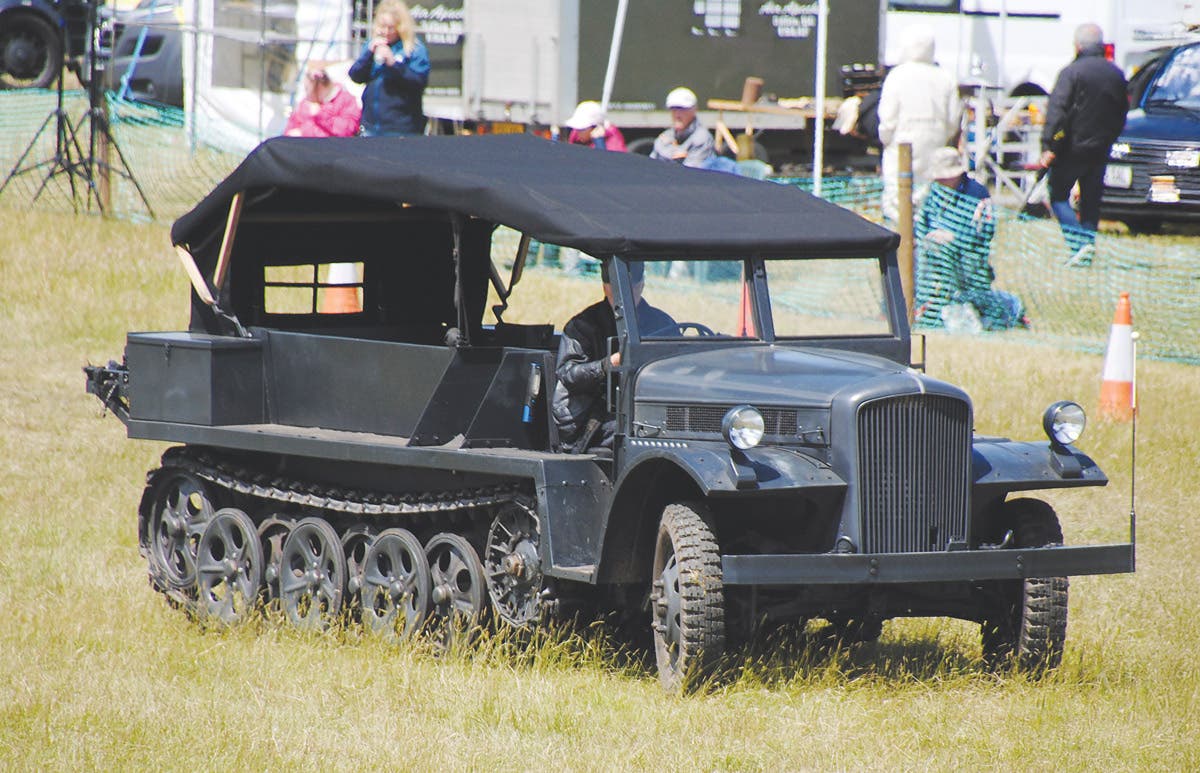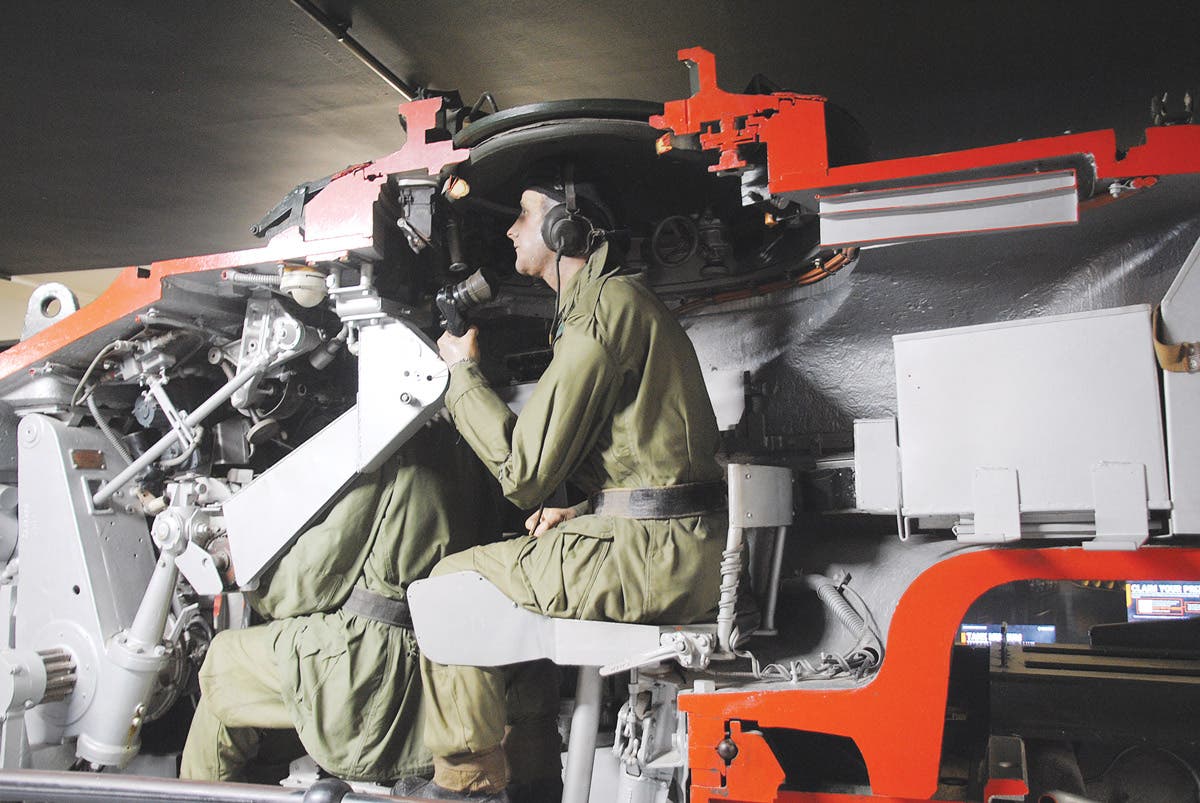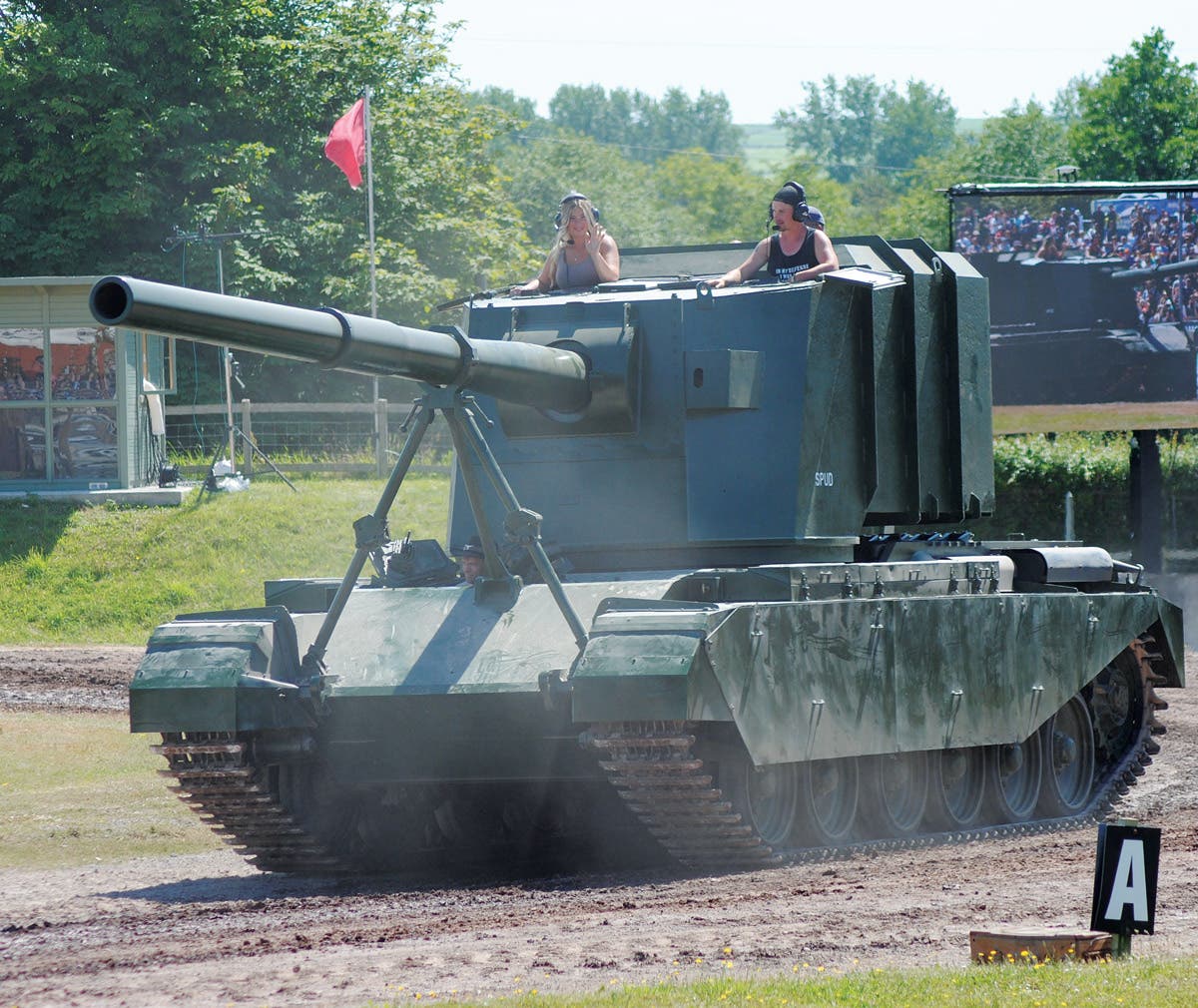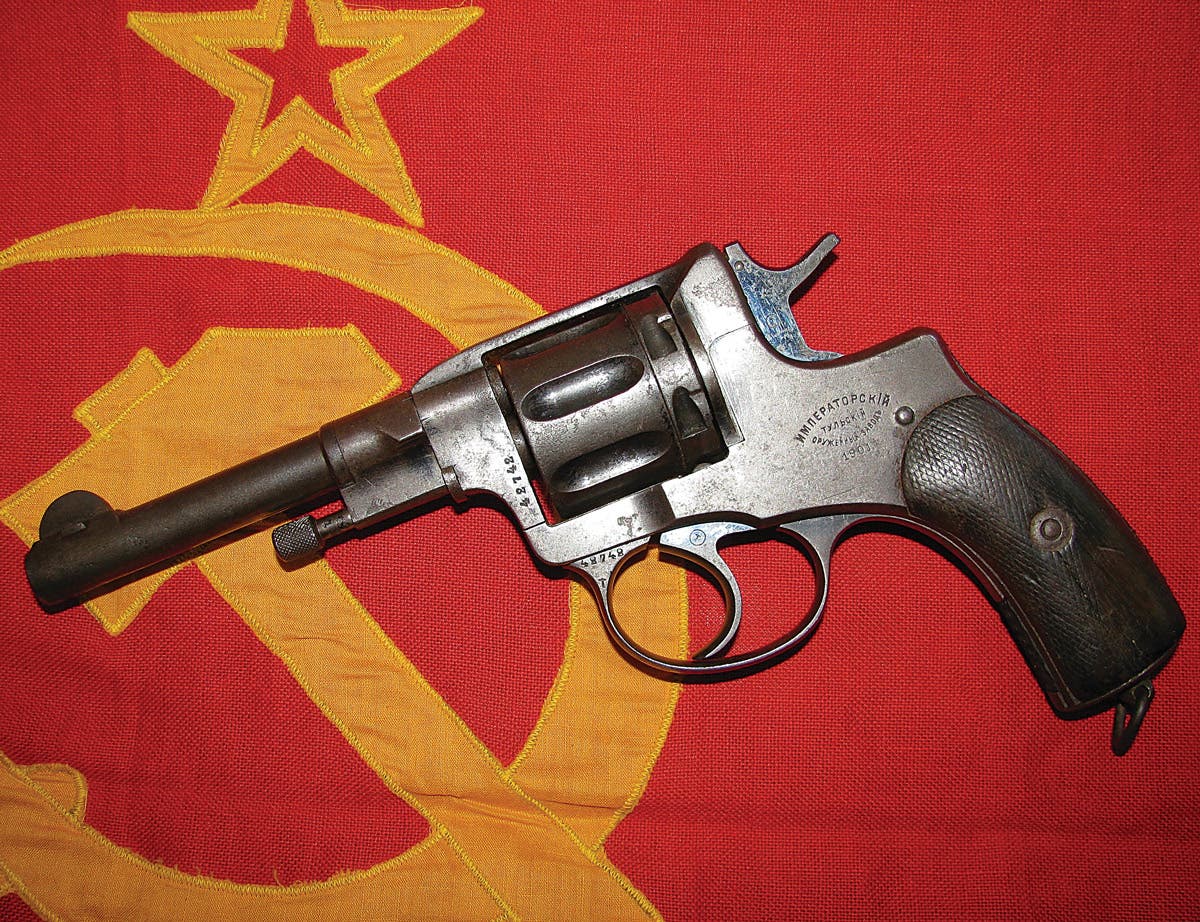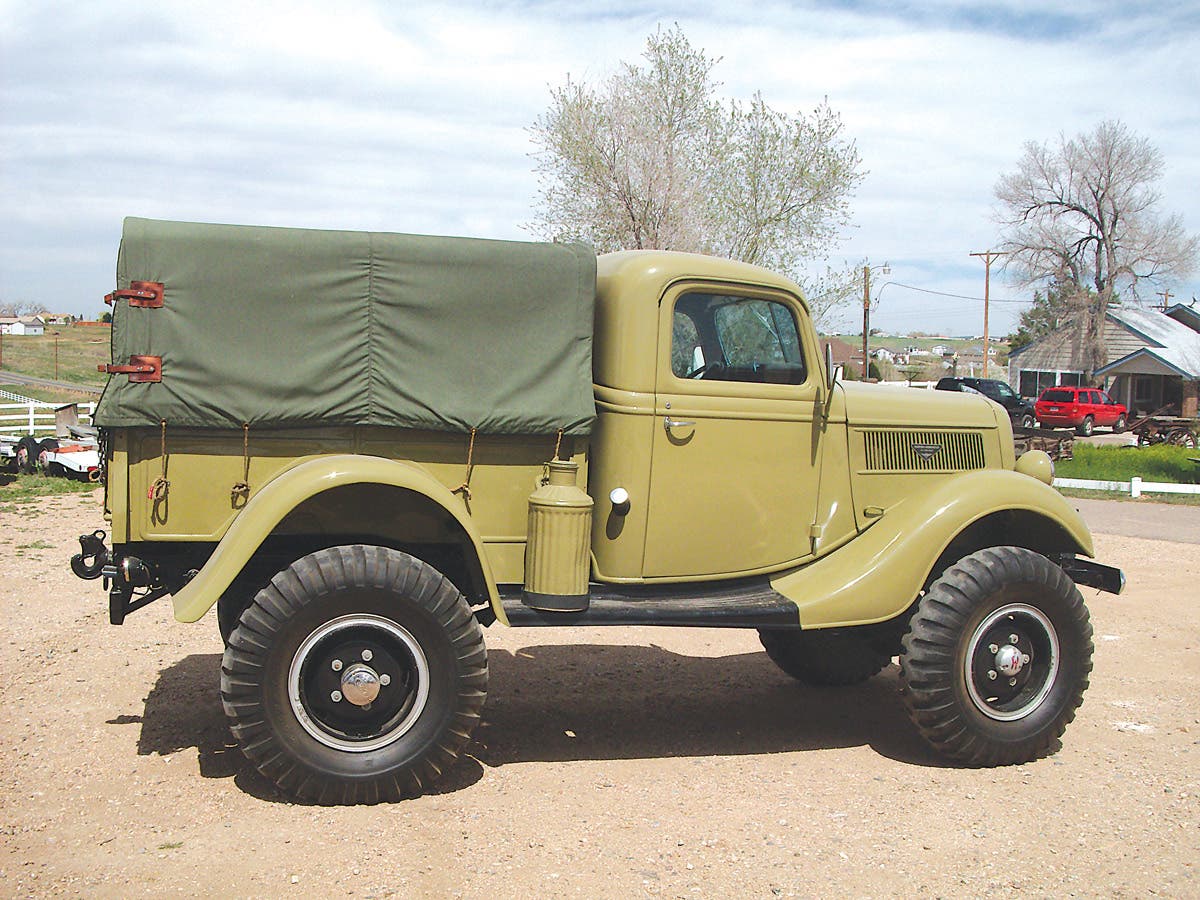The French Connection: The FT-17 rolled for decades
The Renault Char Leger FT– popularly known as the FT-17– had the distinction of being the first mass-produced tank with a rotating turret.
The Renault Char Leger FT– popularly known as the FT-17– had the distinction of being the first mass-produced tank with a rotating turret. Developed by the French, the FT-17 revolutionized the concept of armored warfare, which was then in its infancy. During and after World War I, Van Dorn Iron Works of Cleveland, Ohio, license-built the FT for use by the U.S. Army, which designated the vehicle the M1917 Special 6-ton Tractor.
Later, several other U.S. manufacturers built the tanks. Often, these vehicles were referred to as Six-ton Tank M1917. The U.S. Army operated these tanks until the early 1930s. While the vehicles were obsolete at that time, the US Army lacked large numbers of more modern tanks. The training and maneuvers undertaken with these obsolete vehicles formed the foundation for the future success of America’s armored forces. Across the Atlantic, the WWI veterans faced a much more serious use. The French too had been slow to update their armored forces, and as a result, when Germany invaded in May 1940, the French were forced to field 8 battalions of the FT-17 alongside the more modern R-35, S35 and Char B1s. The valiant efforts of the French tankers were for naught, and as a result the Germans captured numbers of FT tanks. While obsolete by combat standards of the day, against a man on foot, especially civilians, the aged Renaults were still a formidable opponent. Accordingly, the Germans pressed the tanks into service for a variety of purposes.
Remarkably, the last-known combat use of an FT was during the 1948 Arab-Israeli War.
For more information about these vehicles, see The FT-17/M1917 Walk Around and Allied-Axis 33, available from DavidDoyleBooks.
David Doyle's earliest published works were occasional articles in enthusiast publications aimed at the historic military vehicle restoration hobby. This was a natural outlet for a guy whose collection includes several Vietnam-era vehicles such as M62, M123A1C, M35A2, M36A2C, M292A2, M756, and an M764.
By 1999, his writing efforts grew to include regular features in leading periodicals devoted to the hobby both domestically and internationally, appearing regularly in US, English and Polish publications.
In 2003, David received his a commission to write his first book, The Standard Catalog of U.S. Military Vehicles. Since then, several outlets have published more than 100 of his works. While most of these concern historic military hardware, including aircraft and warships, his volumes on military vehicles, meticulously researched by David and his wife Denise, remain the genre for which he is most recognized. This recognition earned life-time achievement in June 2015, when he was presented Military Vehicle Preservation Association (MVPA) bestowed on him the coveted Bart Vanderveen Award in recognition of “...the individual who has contributed the most to the historic preservation of military vehicles worldwide.”
In addition to all of publishing efforts, David is the editor of the MVPA’s magazine, History in Motion, as well as serving as the organization’s Publications Director. He also maintains a retail outlet for his books online and at shows around the U.S.

